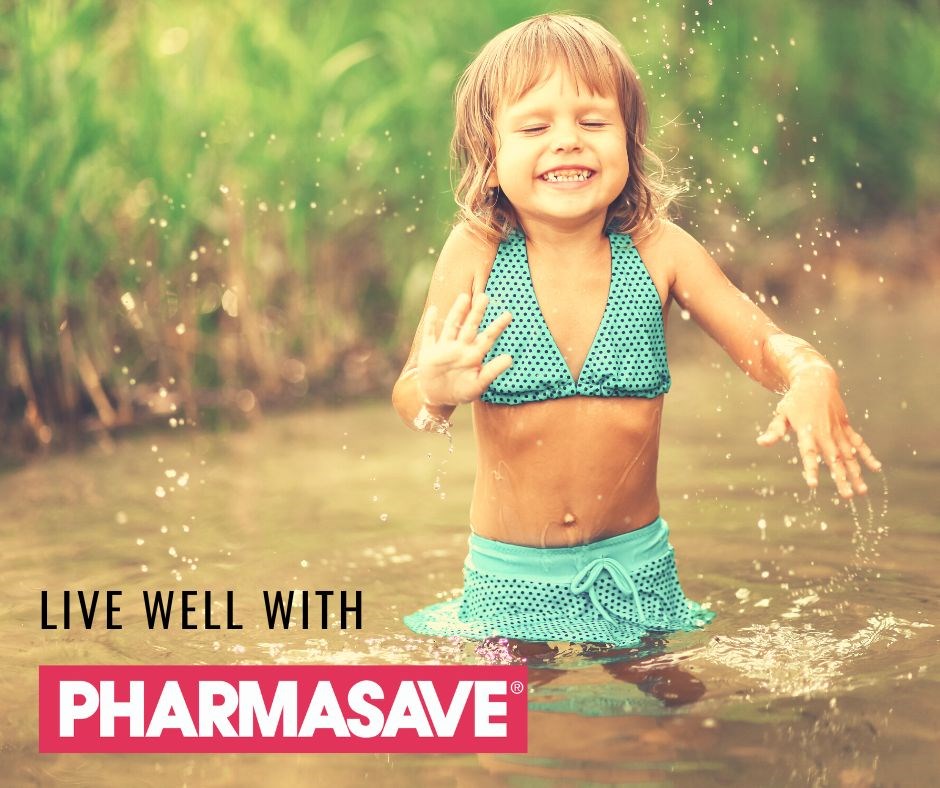Laurie-Ell Bashforth | Special to the 51����
Finally, the sun. Living in a mountain town makes me appreciate it so much more. A bluebird day changes me from the inside out. Literally. I get a hit of that natural mood lifting hormone Seratonin, and my spirit dances.
I’m not the only one. Seratonin calms and focuses, letting us see clear the possibilities ahead. Like lake days, picnics in the park, barbecues and camping, sticky fingers and smores! Sometimes on our own and sometimes with friends. These activities can be super fun, especially when it’s warm and sunny.
Although Jasperites know the adventure is worth it, a day in the sun, especially the hot sun, can have its hazards, causing you to possibly end up with a very prickly rash. And who wants that getting in the way?
Here’s what you need to know about 3 of the most common sun rashes:
1. Heat rash
Identify it: Expose human skin to hot weather and heat rash is always a possibility. Heat rash happens when sweat ducts become blocked.
How might they become blocked you may ask? Several ways:
- by clothes that don't let the skin breathe
- by sweating excessively
- by a buildup of bacteria on the skin
- by sleeping under too many blankets
Sweat that should come out of the skin gets trapped beneath the skin and causes lumps that can be pimply, blistery, and red. Some cases of heat rash have no other symptoms aside from the rash, while others can be intensely itchy and prickly, thus the rash's nickname, prickly heat.
Fix it: Heat rash generally resolves on its own without needing any treatment. Still, if it develops, get out of the heat. Reduce activity. Sit in front of a fan to cool down. Take a cool shower. If need be, soothe the rash with calamine lotion.
Should the rash get worse, or if it is accompanied by pain, pus, fever, chills, or other signs of infection, seek medical help. Repeated bouts of heat rash can advance to a point where the body doesn't sweat enough, increasing the risk of heat exhaustion.
Prevent it: To prevent the prickles, dress cool. Wear loose-fitting, light-coloured clothes made of natural fibres that allow you to sweat as your body needs to. Avoid polyester – a chafing, synthetic fabric that's never at risk of being called "cool." Keep kids cool, too, by not overdressing them on hotter days.
2. Swimmer’s itch
Identify it: A rash that pops up within a couple of days of swimming could be swimmer's itch. Exposed skin makes a temporary home for parasites that prefer ducks, snails, and other wetland animals. An allergic reaction to the tiny parasites causes a non-contagious rash that is red, raised, and, of course, itchy.
Fix it: Although it sounds icky, swimmer's itch clears up quickly. Until it's gone, scratch the itch with calamine lotion, antihistamines, or anti-itch creams – NOT with your fingernails. Or soak in baths sprinkled with baking soda or Epsom salts (lavender’s my favorite btw). A rash that lasts longer than a week or that produces pus needs medical attention.
Prevent it: The parasites to blame for swimmer's itch thrive in warm bodies of water, especially lakes and ponds frequented by birds. So don't spend too much time swimming and wading in these types of waters. If you do swim in these waters, stay out of the shallow areas, where more of the parasites hang out. After your swim, rinse your skin off and dry well.
3. Photosensitivity
Identify it: Some medications can trigger a reaction to the sun which may look like a rash or a sunburn. This is called photosensitivity. Some common over the counter and prescription medications can cause photosensitivity, such as antihistamines, pain relievers, antibiotics, and medications for cholesterol and diabetes.
Prevent it: Talk to your pharmacist about your medications and the possibility of reactivity to the sun. To avoid getting a photosensitivity reaction, practice sun safety:
- Seek shade, especially between 10 a.m. and 4 p.m.
- Wear long-sleeved shirts, pants, sunglasses, and broad-brimmed hats to limit sun exposure
- Use a broad-spectrum sunscreen that protects against both UVA and UVB
- Use a sunscreen that is SPF 30 or higher
- Remember that sun can reflect more strongly off water (and when there are umbrella drinks)
- Stay hydrated and cool - drink plenty of water and avoid beverages with caffeine or alcohol (unless they have an umbrella in them)
Take these basic precautions and go play! It’s summertime y’all.
If you have questions Ask Merv, or Courtney (YAY!) your Pharmasave pharmacist. By the way, we’re almost ready to move to our new location a few doors down? Stay tuned and watch our progress on Facebook at Pharmasave Jasper!




